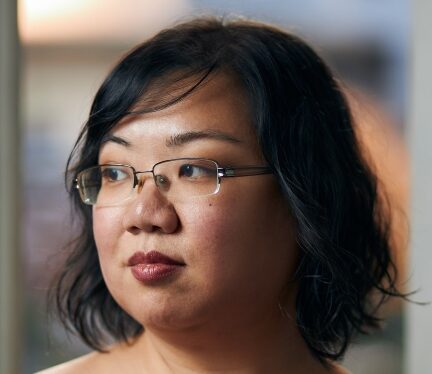
by Michele Kirichanskaya | Apr 30, 2025 | Blog
Nghi Vo is the author of the novels Siren Queen and The Chosen and the Beautiful, as well as the acclaimed novellas of the Singing Hills Cycle, which began with The Empress of Salt and Fortune. The series entries have been finalists for the Nebula Award, the Locus...
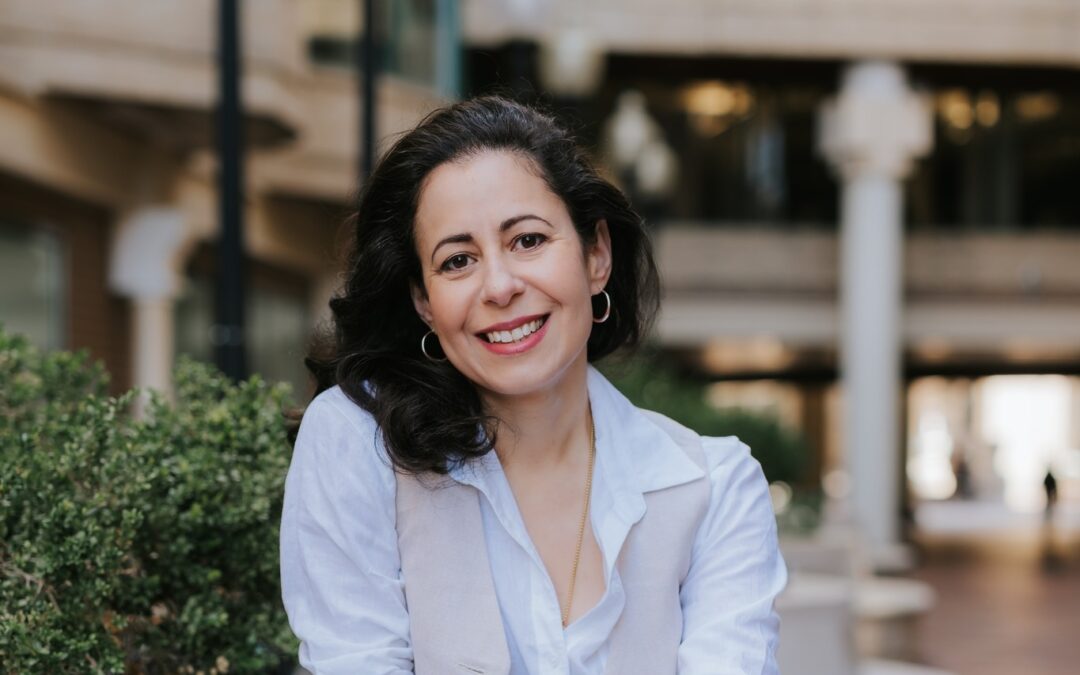
by Michele Kirichanskaya | Apr 25, 2025 | Blog
Venessa Vida Kelley is a Nuyorican author, illustrator, and aspiring mermaid who writes fairy tales about the real world so they can draw them too. They hold a BA and MA in English literature with concentrations in film from the University of Delaware and the George...
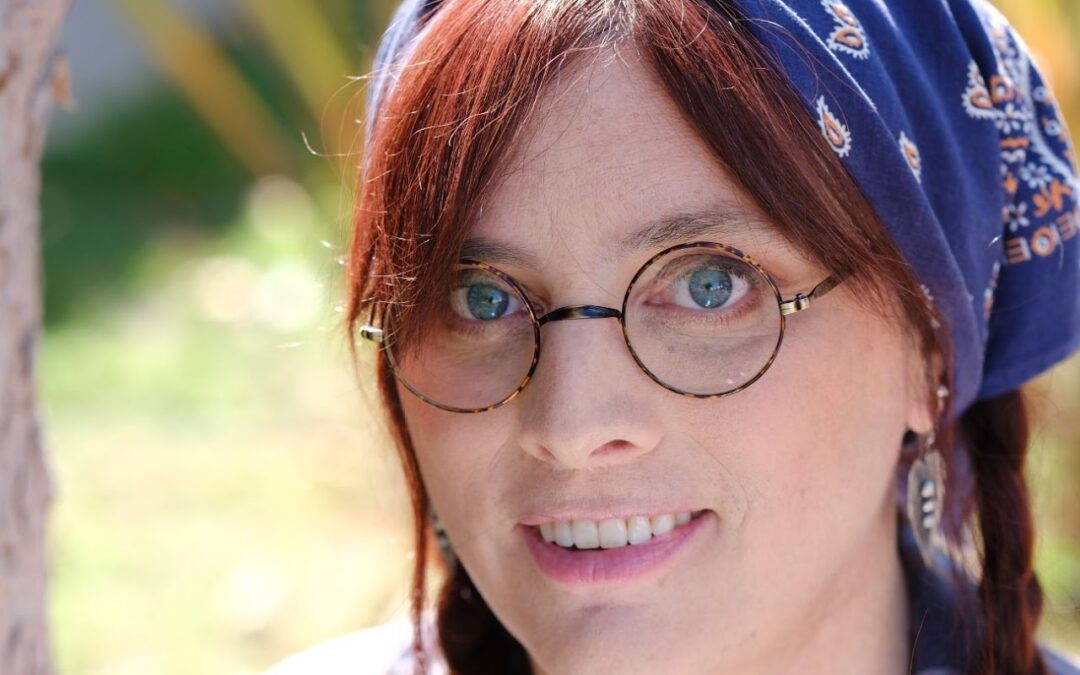
by Michele Kirichanskaya | Apr 23, 2025 | Blog
Dana Claire Simpson, a native of Gig Harbor, Washington, first caught the eyes of devoted comics readers with the internet strip Ozy and Millie. After winning the 2009 Comic Strip Superstar contest, she developed the strip Phoebe and Her Unicorn (originally known...
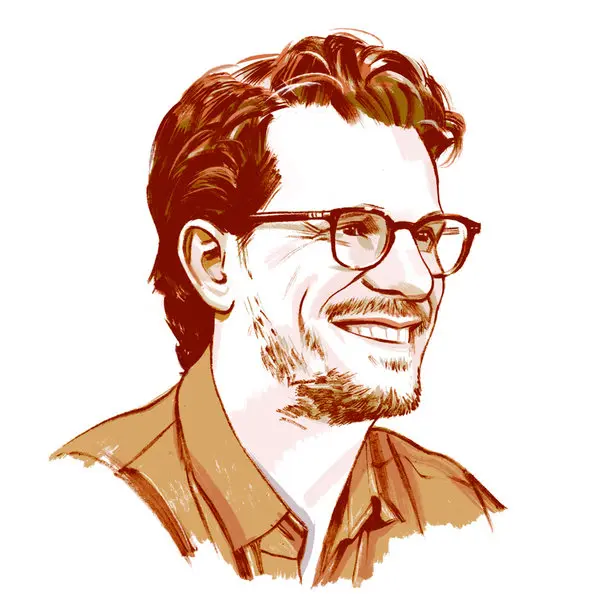
by Michele Kirichanskaya | Apr 17, 2025 | Blog
Brian Selznick’s books have sold millions of copies, garnered countless awards worldwide, and have been translated into more than 35 languages. He broke open the novel form with his genre-breaking thematic trilogy, beginning with the Caldecott Medal-winning #1 New...
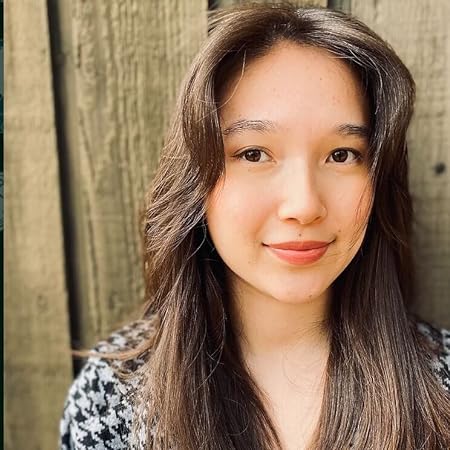
by Michele Kirichanskaya | Apr 11, 2025 | Blog
Sophie Kim is the #1 Sunday Times bestselling author of The God and the Gumiho. She has a penchant for writing stories that feature mythology, monsters, mystery, and magic. Her work includes young adult novels such as the Talons series and books on the adult spectrum...






